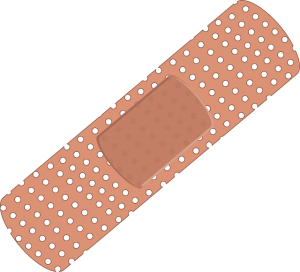CALCULATE YOUR PERFECT EFFORT TRAINING ZONE
Calculating your 'Peak' Training Effort – your Aerobic Threshold
(your Default Training Intensity)
Lifestyle Analysis Method (LAM)
What you need: An honest sense of your lifestyle & current health.
Purpose: Determine your Default Training Intensity (DTI) represented in Heart Rate Beats per Minute.



